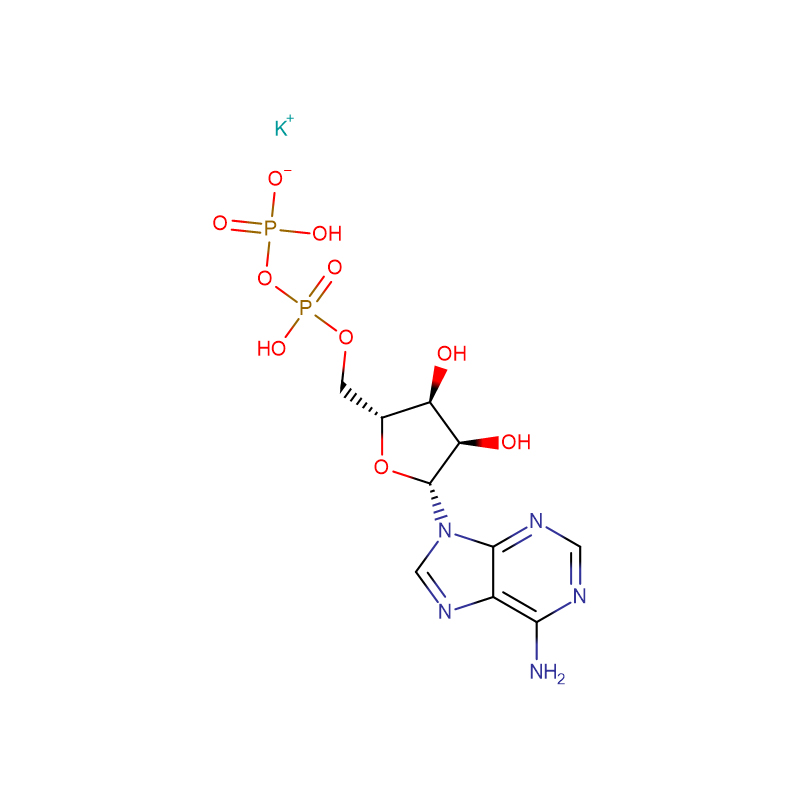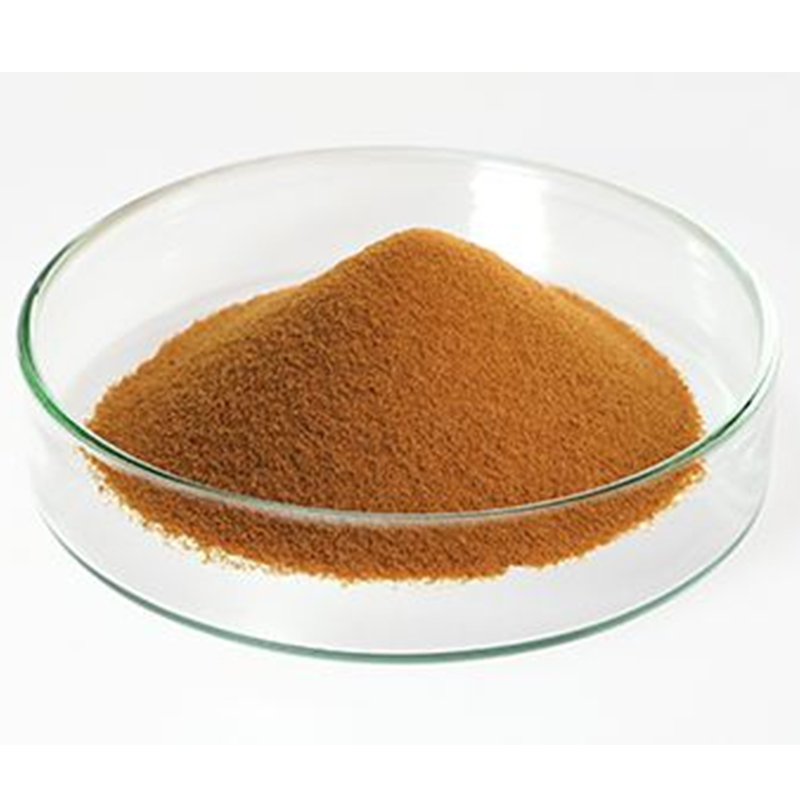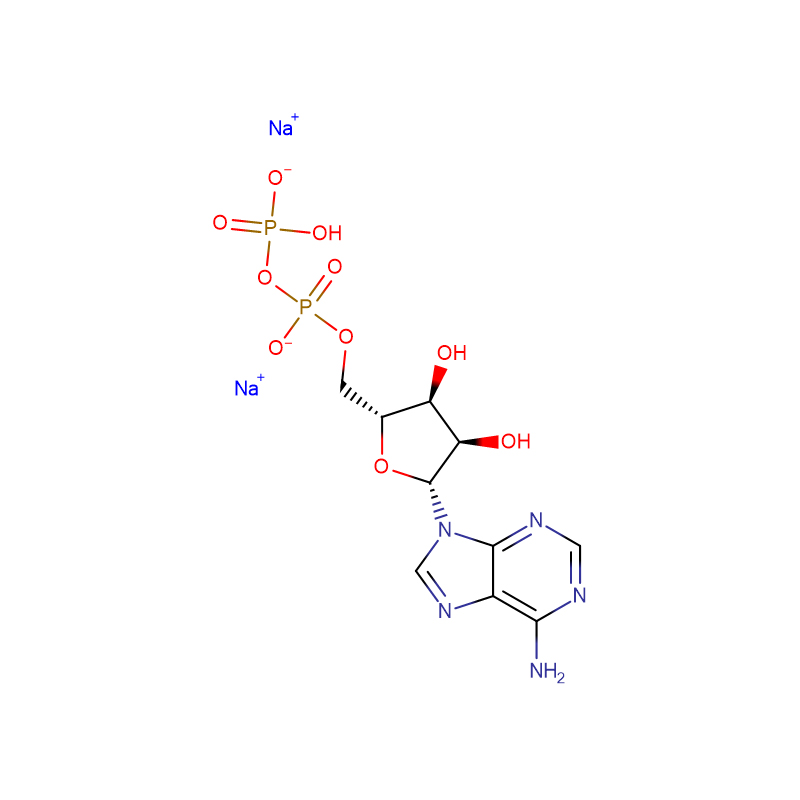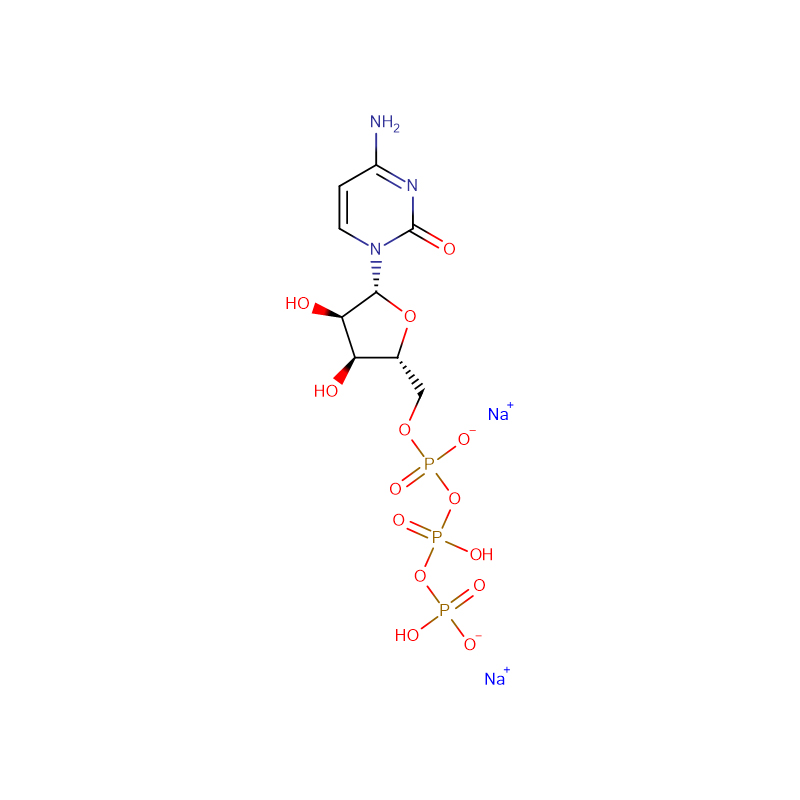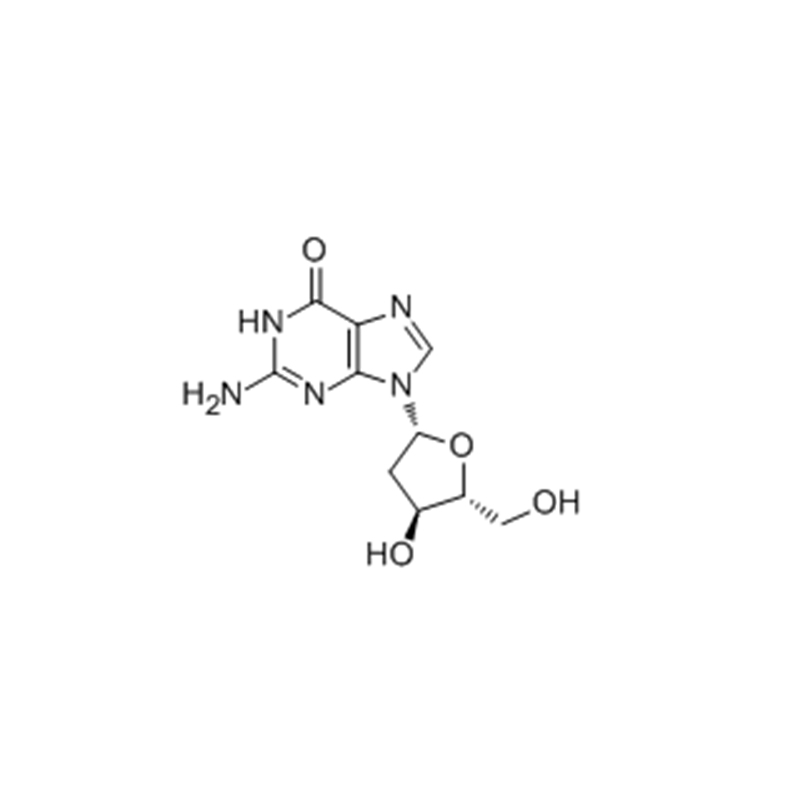Adenosine 5′-(trihydrogen diphosphate), monopotassium salt, dihydrate (9CI) CAS:72696-48-1
| Catalog Number | XD90560 |
| Product Name | Adenosine 5'-(trihydrogen diphosphate), monopotassium salt, dihydrate (9CI) |
| CAS | 72696-48-1 |
| Molecular Formula | C10H18KN5O12P2 |
| Molecular Weight | 501.322 |
| Storage Details | Ambient |
| Harmonized Tariff Code | 29349990 |
Product Specification
| Appearance | White crystal or powder |
| Assay | 99% |
Recent evidence supports an emerging role of β-nicotinamide adenine dinucleotide (β-NAD(+) ) as a novel neurotransmitter and neuromodulator in the peripheral nervous system -β-NAD(+) is released in nerve-smooth muscle preparations and adrenal chromaffin cells in a manner characteristic of a neurotransmitter. It is currently unclear whether this holds true for the CNS. Using a small-chamber superfusion assay and high-sensitivity high-pressure liquid chromatography techniques, we demonstrate that high-K(+) stimulation of rat forebrain synaptosomes evokes overflow of β-NAD(+) , adenosine 5'-triphosphate, and their metabolites adenosine 5'-diphosphate (ADP), adenosine 5'-monophosphate, adenosine, ADP-ribose (ADPR) and cyclic ADPR. The high-K(+) -evoked overflow of β-NAD(+) is attenuated by cleavage of SNAP-25 with botulinum neurotoxin A, by inhibition of N-type voltage-dependent Ca(2+) channels with ω-conotoxin GVIA, and by inhibition of the proton gradient of synaptic vesicles with bafilo mycin A1, suggesting that β-NAD(+) is likely released via vesicle exocytosis. Western analysis demonstrates that CD38, a multifunctional protein that metabolizes β-NAD(+) , is present on synaptosomal membranes and in the cytosol. Intact synaptosomes degrade β-NAD(+) . 1,N (6) -etheno-NAD, a fluorescent analog of β-NAD(+) , is taken by synaptosomes and this uptake is attenuated by authentic β-NAD(+) , but not by the connexin 43 inhibitor Gap 27. In cortical neurons local applications of β-NAD(+) cause rapid Ca(2+) transients, likely due to influx of extracellular Ca(2+) . Therefore, rat brain synaptosomes can actively release, degrade and uptake β-NAD(+) , and β-NAD(+) can stimulate postsynaptic neurons, all criteria needed for a substance to be considered a candidate neurotransmitter in the brain.


